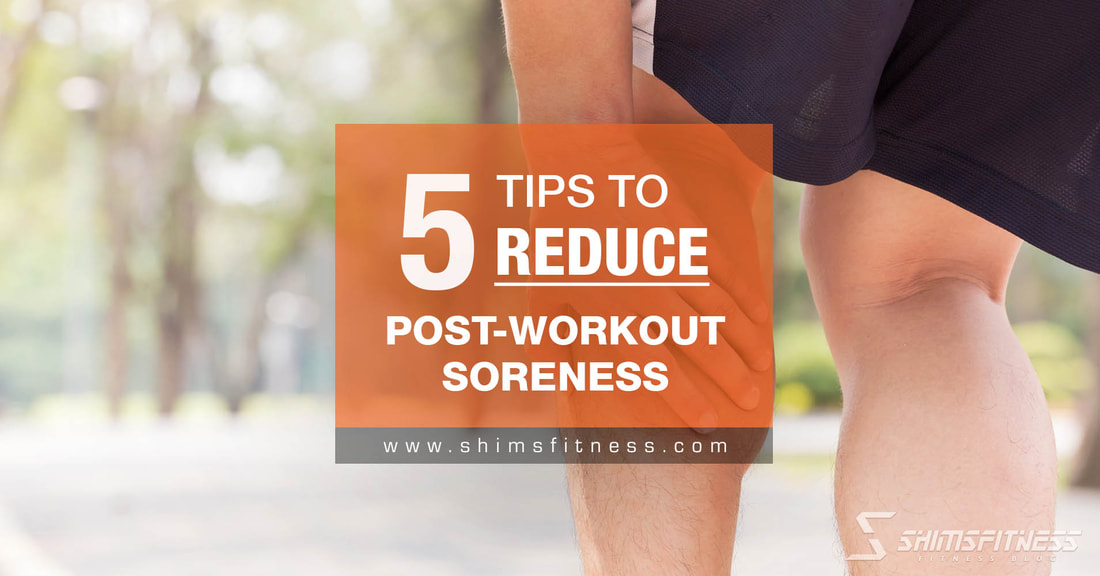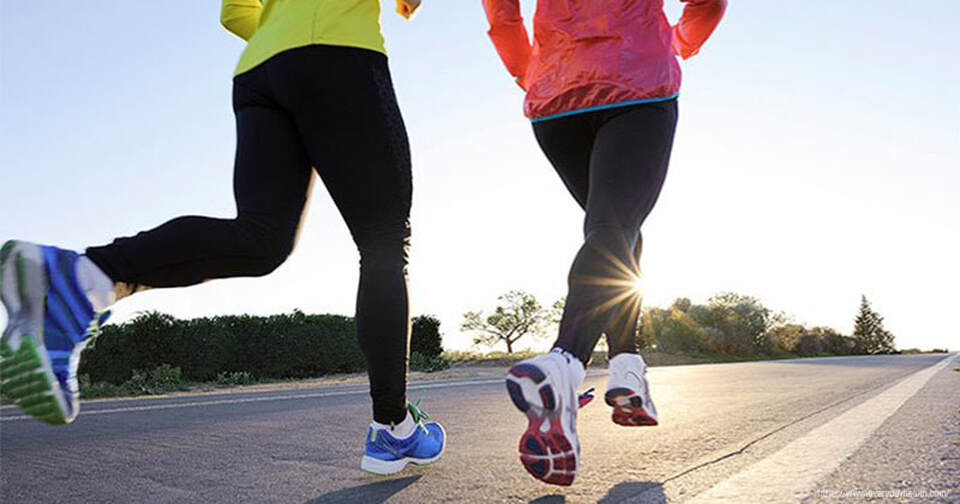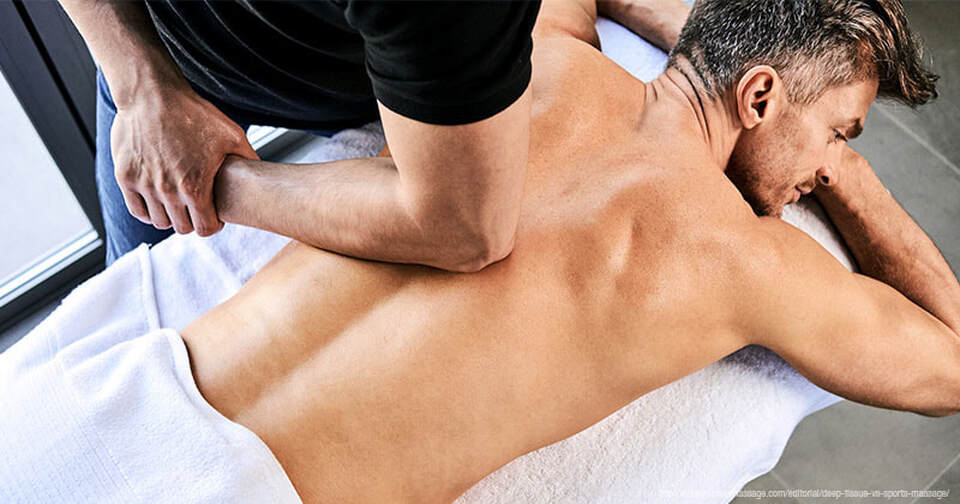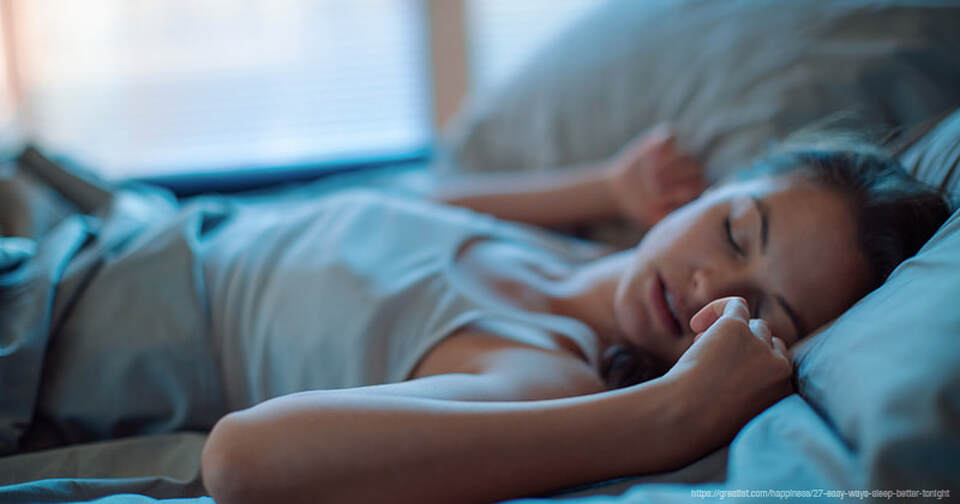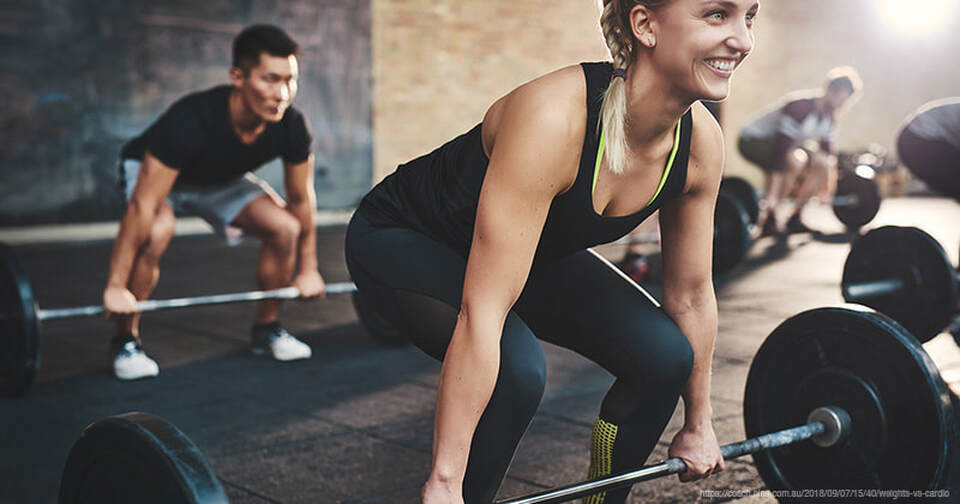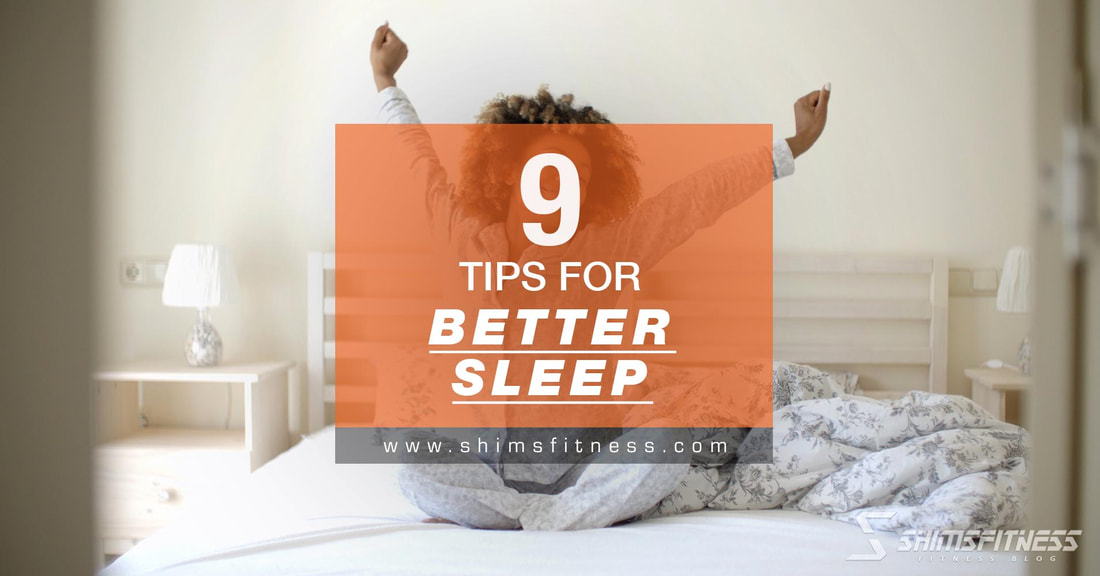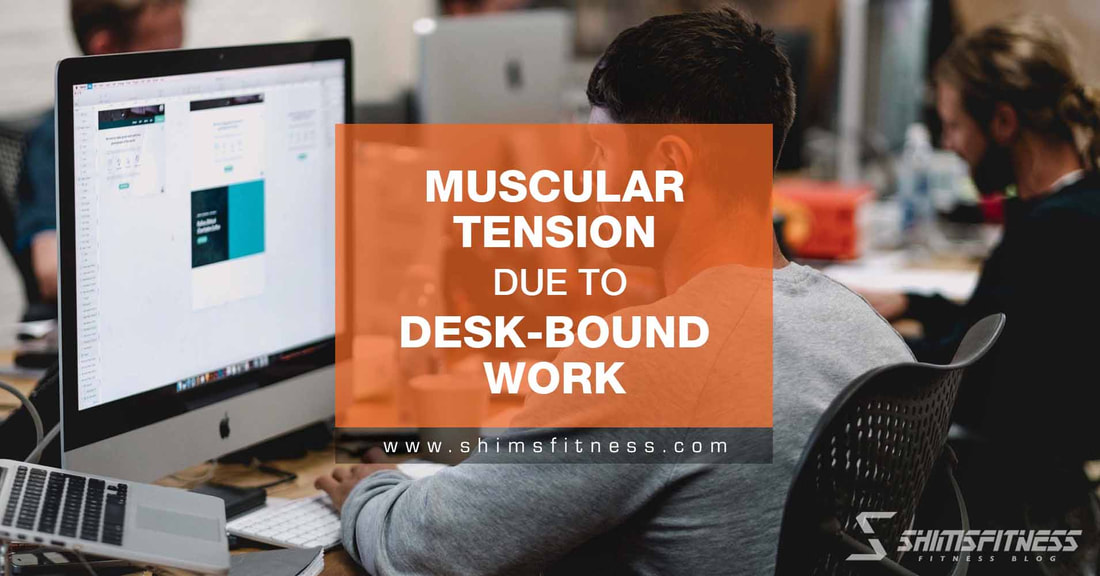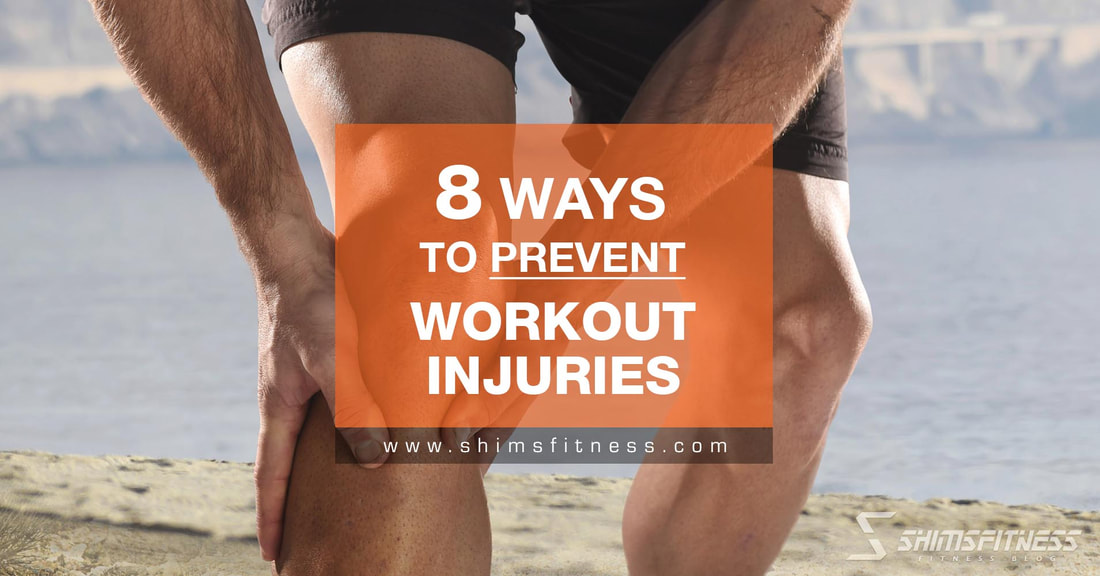5 Tips To Reduce Post-Workout Muscle Soreness
|
21/1/2019
Written By: Ryan Chan |
|
Post-workout muscle soreness, also known as Delay Onset Muscle Soreness (DOMS) is that distinctive muscle pain you feel the day after a workout session. It is also one of the most common reason why people gave up exercising or do resisted exercises in particular. The pain is often located at the muscle group you were working on during your training.
DOMS is absolutely normal as it is a result of micro tears in your muscle fibres, mainly from eccentric exercises such as lowering a weight during biceps curl where you lengthen a muscle under resistance, as well as the accumulation of waste products resulted from your workout. The pain can usually be felt 24 to 72 hours after your training and typically peaks around 48 hours post workout. DOMS can also be accompanied by muscle tenderness, stiffness and loss of strength.
However, do note that if there is sharp pain and/or bruising occurring, it will be recommended to alert relevant healthcare professionals as those are not symptoms of DOMS and may be resulted from other form of injuries.
DOMS is absolutely normal as it is a result of micro tears in your muscle fibres, mainly from eccentric exercises such as lowering a weight during biceps curl where you lengthen a muscle under resistance, as well as the accumulation of waste products resulted from your workout. The pain can usually be felt 24 to 72 hours after your training and typically peaks around 48 hours post workout. DOMS can also be accompanied by muscle tenderness, stiffness and loss of strength.
However, do note that if there is sharp pain and/or bruising occurring, it will be recommended to alert relevant healthcare professionals as those are not symptoms of DOMS and may be resulted from other form of injuries.
Understanding the micro tears and how muscle grow
Notice if your skin is in contact with an abrasive surface often, rough patches of skin and/or calluses will gradually appear on your skin where the point of contact is. This is your body’s response to damage; it adapts and gets tougher at places where it is damaged.
Similar for your muscles, these micro tears that result from your workout and causing DOMS, are essential to stimulate muscle growth. When your muscles are damaged, amino acids (building blocks of protein) are recruited to repair them. Your body recognizes that the muscle will be subjected to similar stimulus again thus will rebuild it to be bigger and stronger to adapt to the new stimulus.
But likewise, your body gets used to the increased activity intensity quickly as well as your pain threshold. Thus DOMS should lessen over time as you exercise more regularly.
With all that being said, here are 5 tips to help you reduce and better cope with those post-workout soreness.
Similar for your muscles, these micro tears that result from your workout and causing DOMS, are essential to stimulate muscle growth. When your muscles are damaged, amino acids (building blocks of protein) are recruited to repair them. Your body recognizes that the muscle will be subjected to similar stimulus again thus will rebuild it to be bigger and stronger to adapt to the new stimulus.
But likewise, your body gets used to the increased activity intensity quickly as well as your pain threshold. Thus DOMS should lessen over time as you exercise more regularly.
With all that being said, here are 5 tips to help you reduce and better cope with those post-workout soreness.
1. Active Recovery
That’s right, to help reduce DOMS, you have to move. Yes, it is painful to move when you are all sore from the workout but trust me, once you start moving and overcome the initial phase of pain, it will feel much better. But of course, light activity or exercise would be recommended, not your usual intense workout that got you your DOMS to begin with. So some walking or jogging should do the trick.
Why is that so?
It has to do with increase blood circulation. Better blood circulation means more oxygen-rich and nutrient-rich blood flowing to the injured muscles to send resources to repair it. The increase blood flow also helps to flush off the chemical irritants responsible for the pain. Also, when your muscles get warmed up, they will allow better range of motion, enabling a less painful movement.
Which is why the next 2 tips also got to do with increase blood circulation.
Why is that so?
It has to do with increase blood circulation. Better blood circulation means more oxygen-rich and nutrient-rich blood flowing to the injured muscles to send resources to repair it. The increase blood flow also helps to flush off the chemical irritants responsible for the pain. Also, when your muscles get warmed up, they will allow better range of motion, enabling a less painful movement.
Which is why the next 2 tips also got to do with increase blood circulation.
2. Massage
Another way to increase blood flow to affected muscles is to go for a massage or self-massage. Ever notice how warm the area of massage is after you have done a session as well as a flush appearance of the skin. This is mainly due to the increase blood flow to that area thus bringing you the benefit of a less painful DOMS period and a faster recovery.
3. Warm Bath
Warm bath not only helps your muscles to relax, it also induces an increase in your body temperature and blood flow for faster recovery.
4. Eat Well
How can you recover if your body doesn’t have the resources to repair it in the first place? While increase blood flow is important, same goes for eating well. By eating well, I mean to consume food rich in antioxidants, good fats and proteins to help with different aspects of the recovery process such as protection of cell from free radicals, better hormone production and repairing of muscle tissues.
Example: Blueberries, Leafy Greens, Salmon, Almonds, Egg
Example: Blueberries, Leafy Greens, Salmon, Almonds, Egg
5. Sleep More
Sleep is the time when your muscle building and repair truly kicks into a high gear. Muscle-building hormones like the Human Growth Hormone are naturally produced by your body during deep stages of sleep. Thus, aim for a minimum of 7 hours of sleep to really help your body to recover.
If you have problems sleeping, try practicing better sleep hygiene such as reducing your exposure to blue light (phone, TV), keeping your room as dark as possible, lowering the temperature of your room etc.
If you wish to know how you can have better sleep, check out this article!
If you have problems sleeping, try practicing better sleep hygiene such as reducing your exposure to blue light (phone, TV), keeping your room as dark as possible, lowering the temperature of your room etc.
If you wish to know how you can have better sleep, check out this article!
Bonus – Continue Exercising
Continue your normal workout routine after recovering. Don’t let those post-workout soreness stop you from exercising forever. As mentioned previously, your body gets used to the increased activity intensity quickly as well as your pain tolerance level. Thus DOMS should lessen over time as you exercise more regularly. This is often the reason why frequent gym-goers or athletes don’t often suffer or complain about getting post-workout soreness.
However, with all that being said, not getting DOMS doesn’t necessary means that you did not have a good workout. It could just be a body adaption to the effect. As long as you have a clear goal and plan in mind and is training harder than your previous workout, your body will continue to adapt and grow towards your fitness goal.
However, with all that being said, not getting DOMS doesn’t necessary means that you did not have a good workout. It could just be a body adaption to the effect. As long as you have a clear goal and plan in mind and is training harder than your previous workout, your body will continue to adapt and grow towards your fitness goal.
Articles You Might Be Interested

